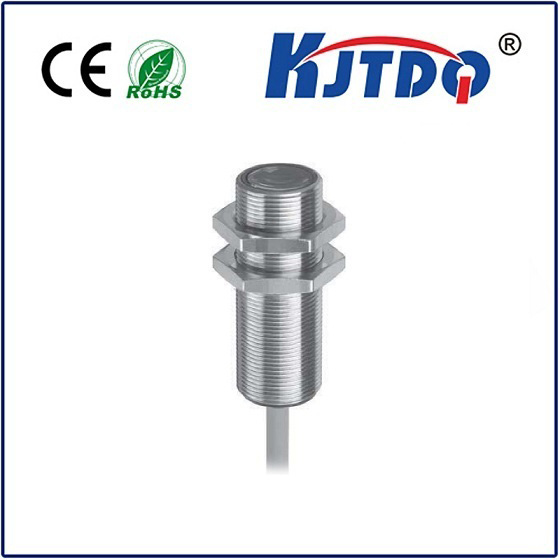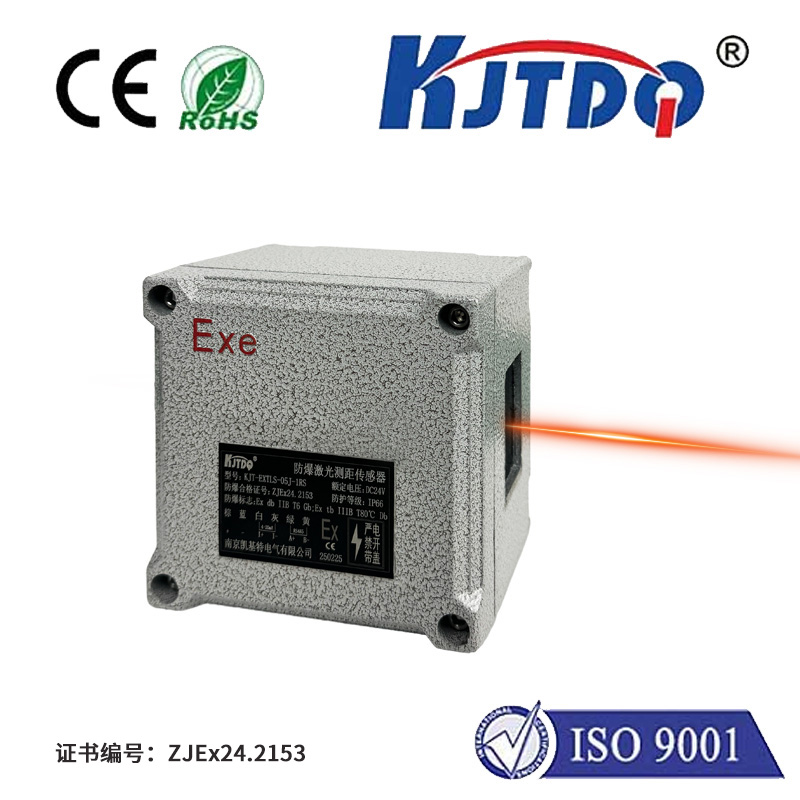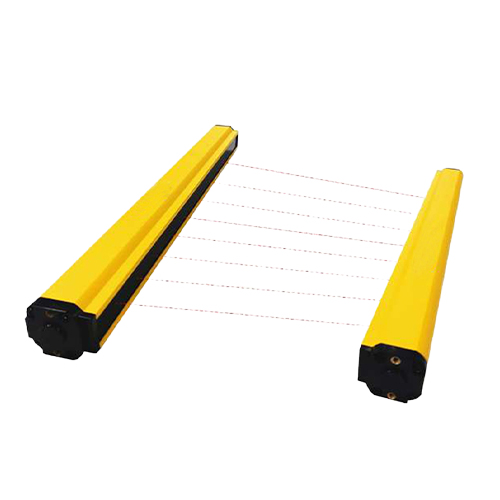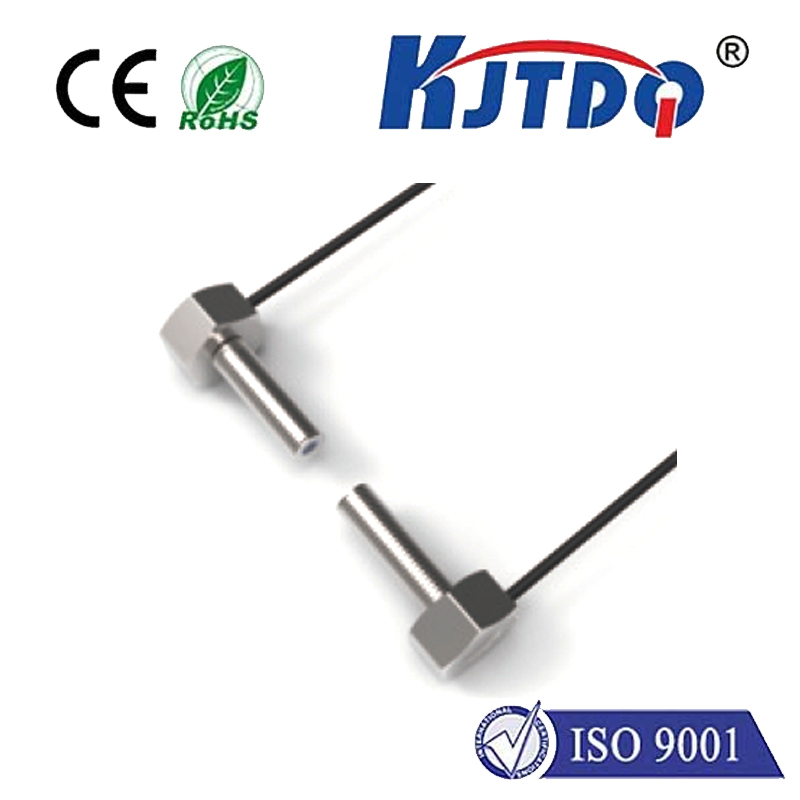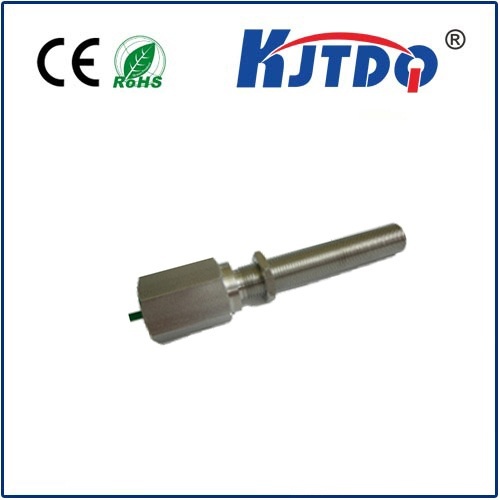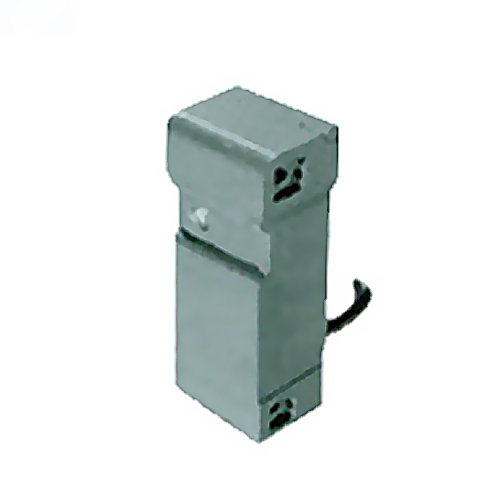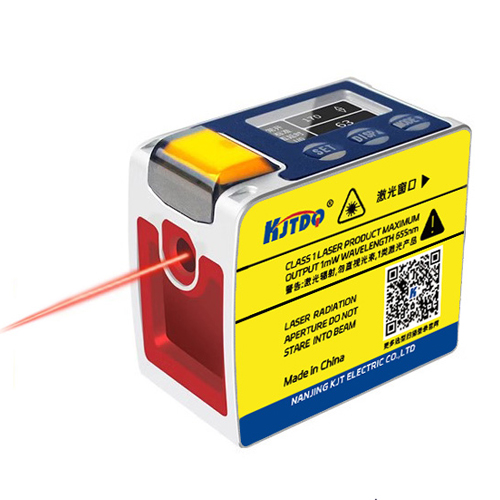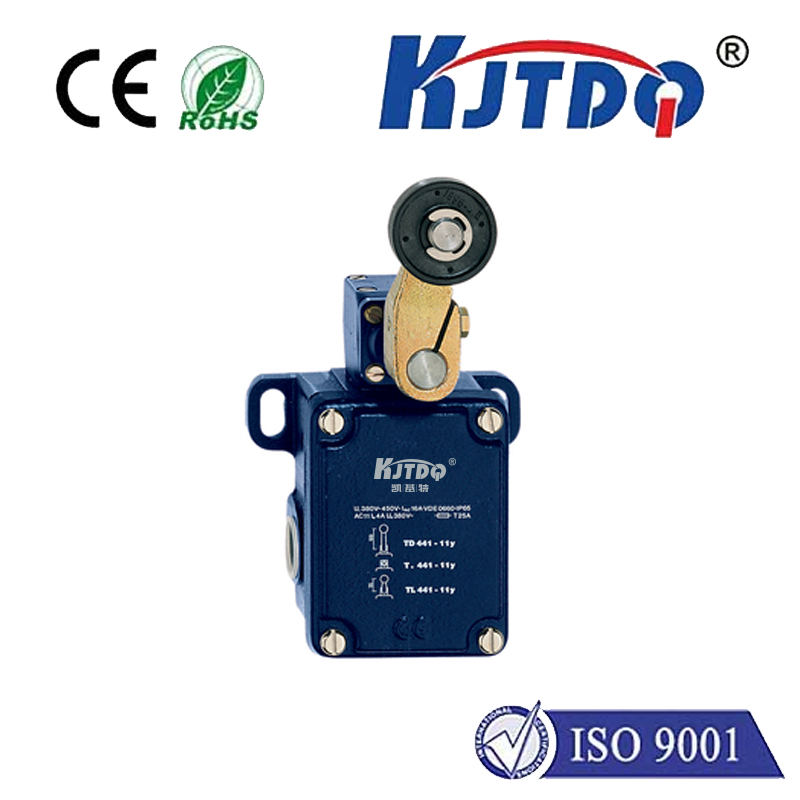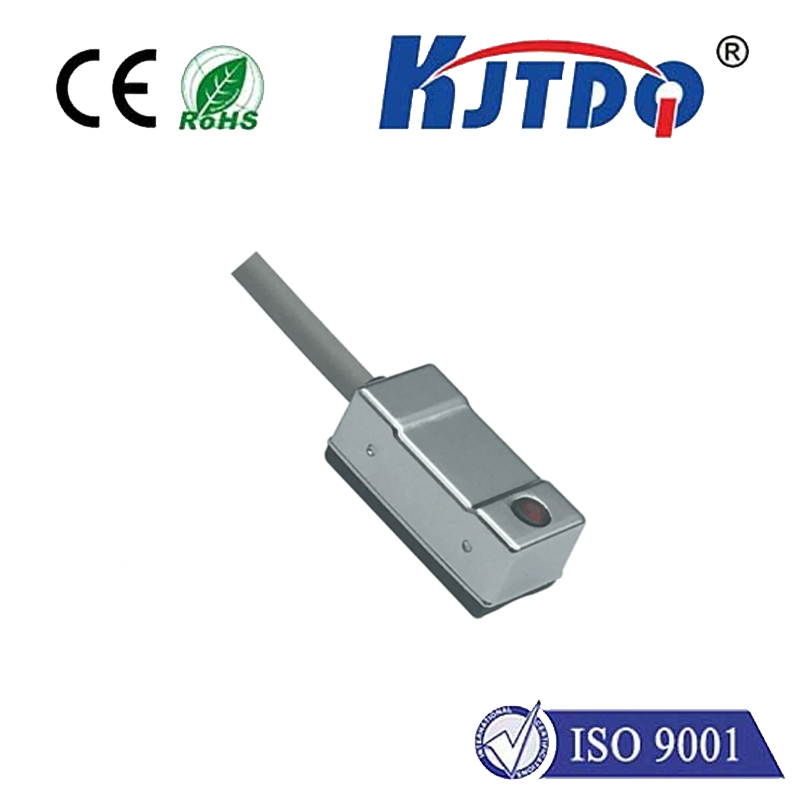

check

check

check

check

check

check

check

check

check

check
The Internet of Things (IoT) has revolutionized the way we interact with our devices and surroundings. One of the key components that enable IoT devices to connect and communicate with each other is the use of proximity sensors. However, traditional proximity sensors, known as PNPno sensors, have limitations when it comes to low-power consumption and long-range detection. In this article, we will explore the potential of PNPno sensors in enhancing the performance of IoT devices and discuss the challenges that come with their adoption.
PNPno sensors, also known as planar polarity plates (PP), are a type of sensor that uses the polarization properties of light to detect the presence of an object. These sensors operate on the principle that when a light beam hits an object, it causes changes in the polarization pattern of the light. By analyzing these changes, the sensor can determine if an object is present or not. While PNPno sensors have been widely used in various applications such as automotive safety systems, they face certain drawbacks in terms of power consumption and range.
One of the main advantages of using PNPno sensors is their low-power consumption compared to other types of proximity sensors. This makes them well-suited for IoT devices that require long battery life and continuous operation. Additionally, PNPno sensors can detect objects from long distances, making them ideal for applications where visibility is limited or objects need to be detected from a distance.
